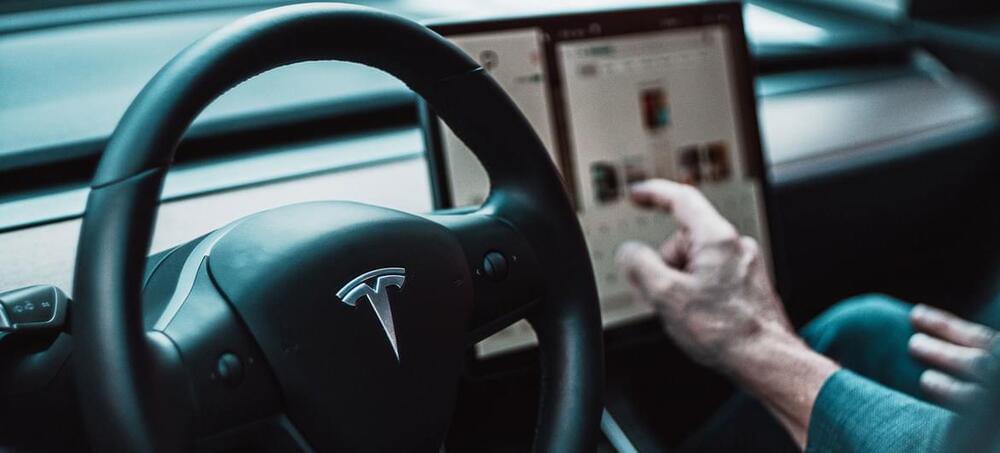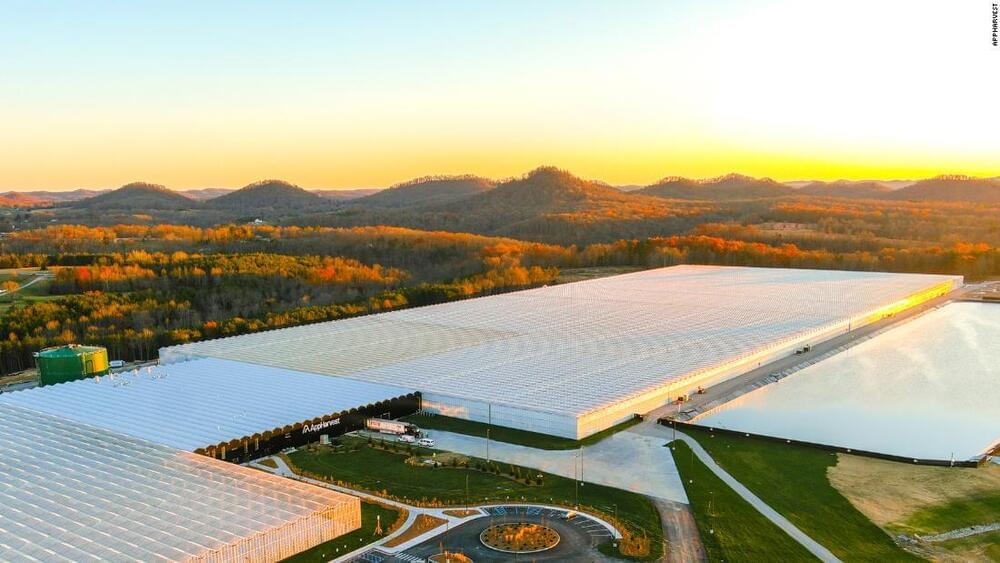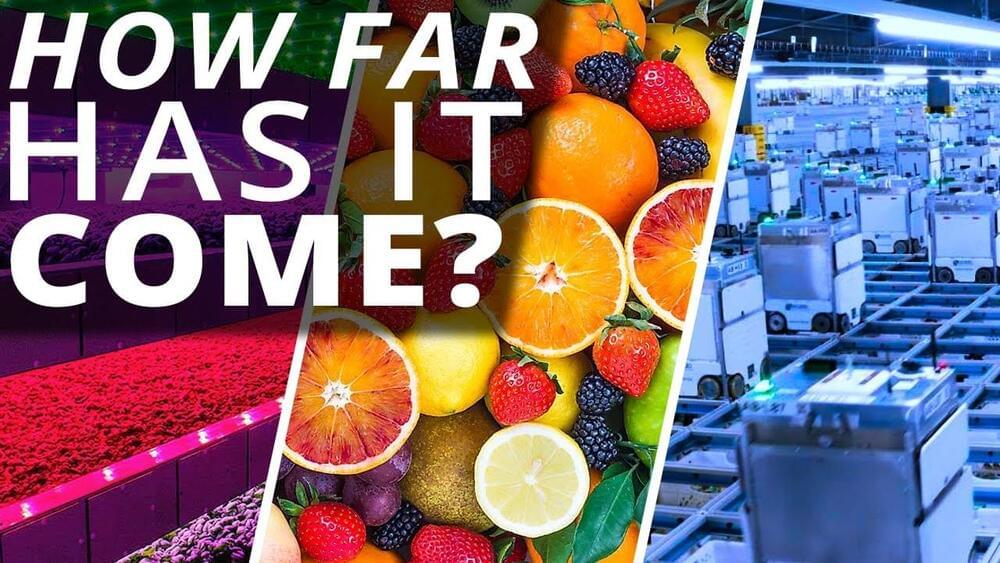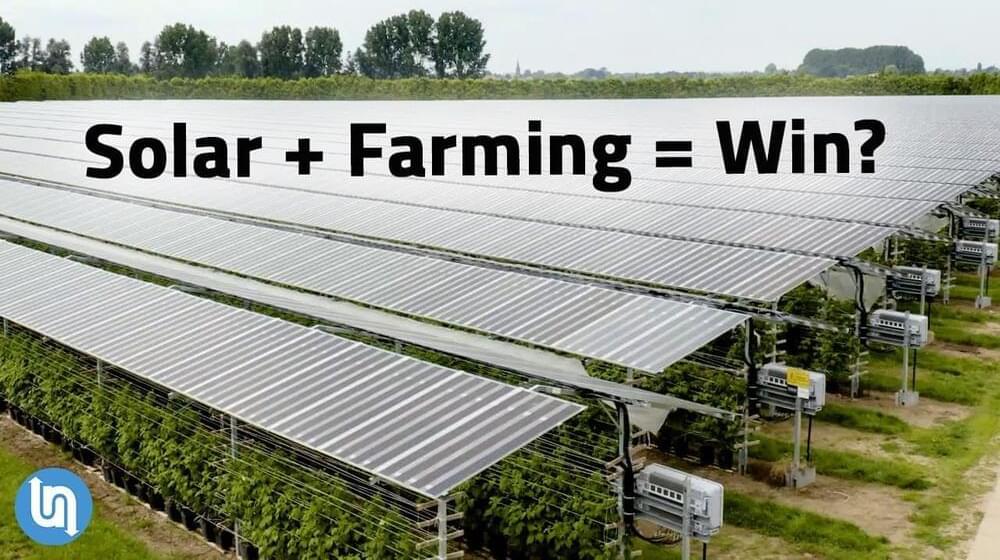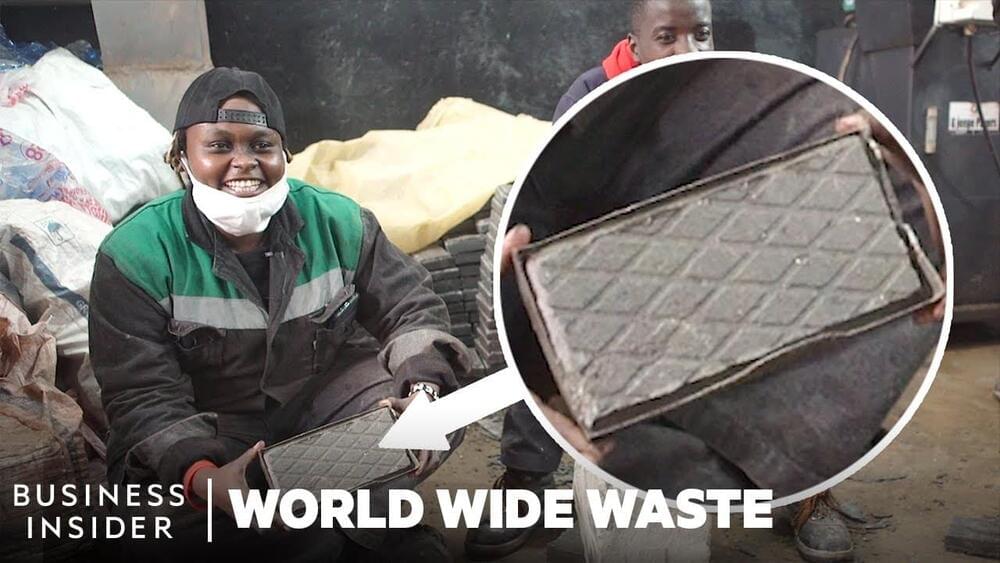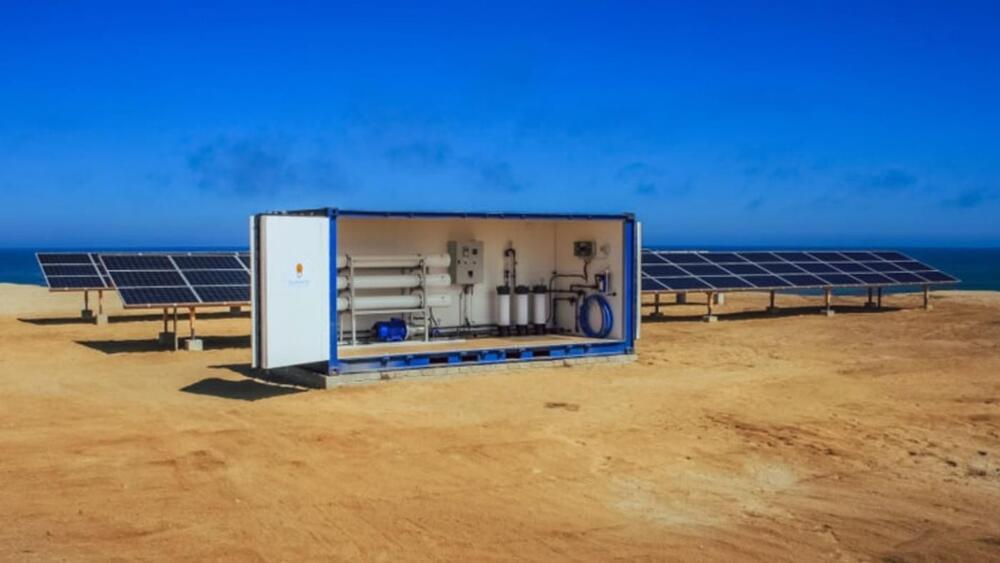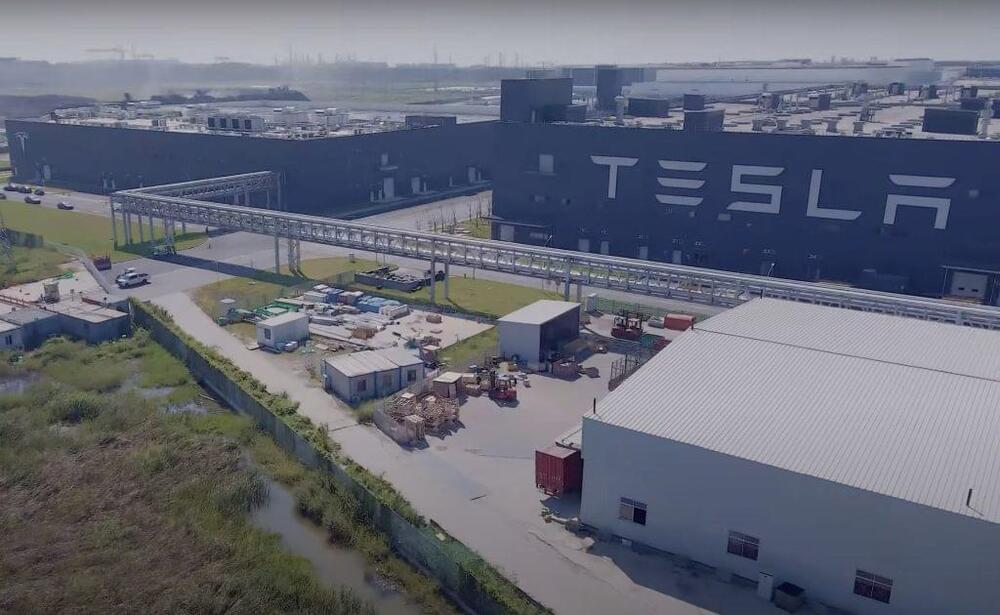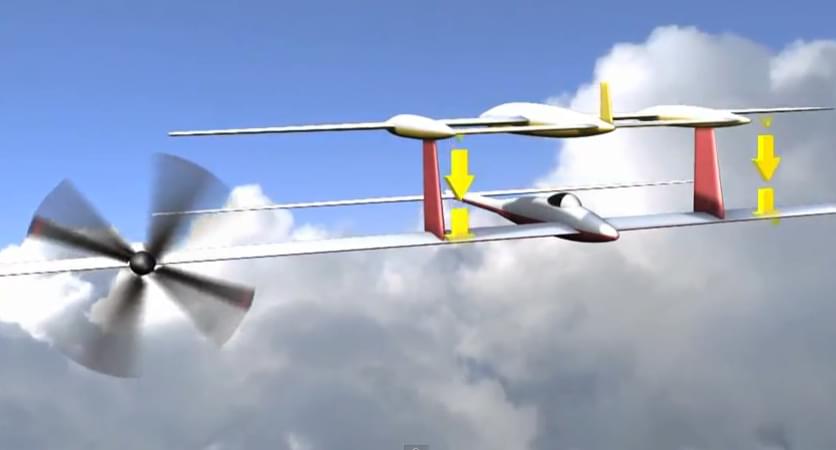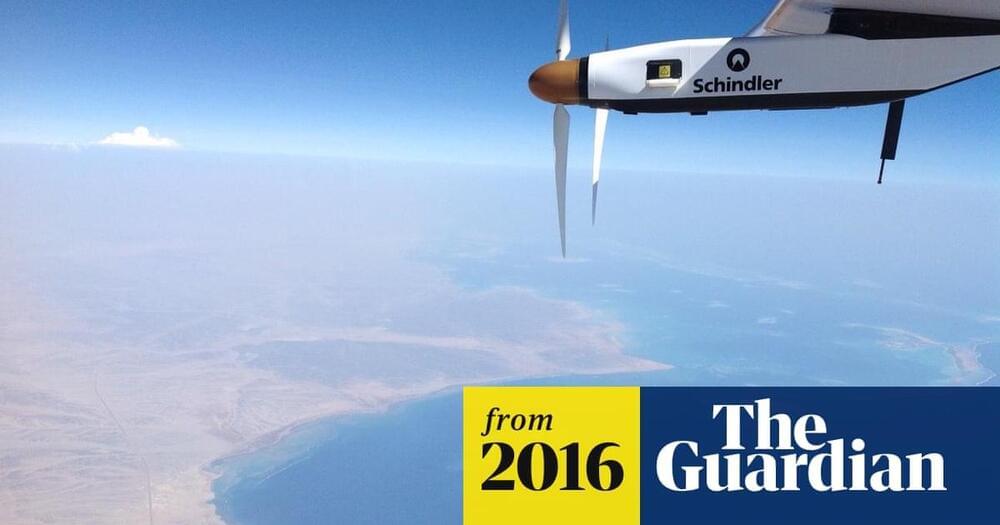Oct 10, 2021
Artificial intelligence can help halve road deaths by 2030
Posted by Gemechu Taye in categories: information science, robotics/AI, sustainability
The Sustainable Development Goals (SDGs) include a call for action to halve the annual rate of road deaths globally and ensure access to safe, affordable, and sustainable transport for everyone by 2030.
According to the newly launched initiative, faster progress on AI is vital to make this happen, especially in low and middle-income countries, where the most lives are lost on the roads each year.
According to the World Health Organization (WHO), approximately 1.3 million people die annually as a result of road traffic crashes. Between 20 and 50 million more suffer non-fatal injuries, with many incurring a disability.
Continue reading “Artificial intelligence can help halve road deaths by 2030” »
